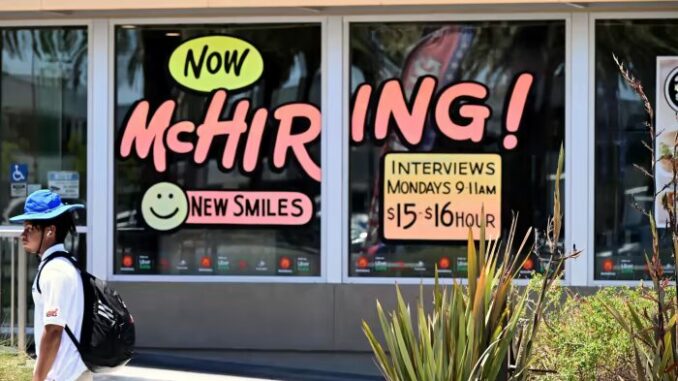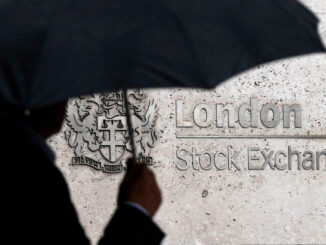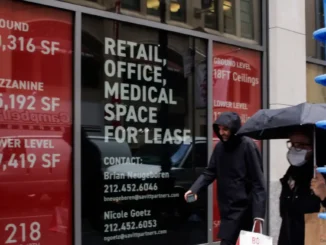
The writer is chief market strategist for Europe, Middle East and Africa at JPMorgan Asset Management A slew of economic data has recently surprised to the upside. According to the purchasing managers’ index for the eurozone, the bloc’s economy is growing again. The US had a bumper jobs and retail spending report for January. Investors are now wondering whether the recession they had come to accept as inevitable is likely after all.
The causes of the potential recession differed around the world. In the US and UK, central banks had openly stated that a recession would be necessary to drive away inflation. In the eurozone, the risk centred on gas shortages and energy rationing. And China looked set for a long and arduous journey out of Covid. Fast forward a few months and the picture has changed.
China has reopened rapidly and, it seems, successfully. It is now experiencing the boom of pent-up consumer demand that other major economies experienced early last year. With little sign of inflationary pressures in China, the authorities can let the recovery run, and they are likely to announce additional stimulus.
The landscape has also changed dramatically in continental Europe. Europe came into the winter with its gas storage tanks almost full, having replaced Russian gas with American liquefied natural gas. Since then, the drawdown through the peak winter months has been limited, thanks to a combination of consumers and businesses being a bit more careful with their energy needs and a remarkably mild winter. As a result, the energy crisis that we had feared has not materialised.
The storage tanks are still 63 per cent full, which compares with only 30 per cent this time last year. This strong position means that even next winter is looking increasingly secure. The price of wholesale gas has tumbled and, as a result, businesses and consumers are feeling more upbeat — consumer confidence rose to -19 in February, its highest level in a year.
What about the US and UK? Here, the question should be reframed from “is a recession still likely?” to “is a recession still necessary?” The answer to this question relies on the trajectory of inflation. If there are sufficient signs that the tightening delivered to date is slowing inflationary pressures, the central banks could pause or even ease policy to try to secure a soft landing.
There is some, albeit tentative, evidence that inflationary pressures are easing in the US. Inflation in housing and rental costs could soon start to turn, according to some of the data provided by property renting companies. Despite a strong jobs report and near-record low unemployment, there is some evidence that wage pressures have also peaked.
Source: www.ft.com



